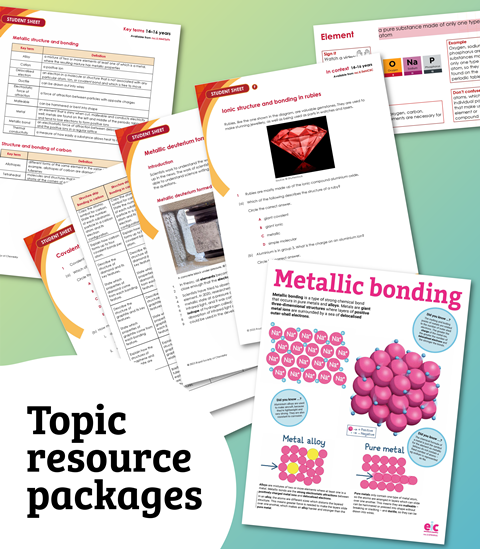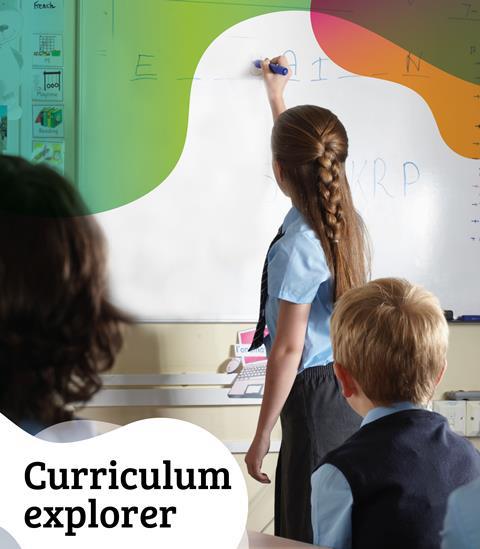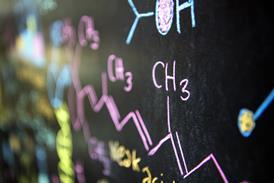All Acids and bases articles – Page 2
-
 Resource
ResourceToothpaste investigation: neutralisation reactions
Test the basicity of toothpastes and give context to neutralisation reactions
-
 Exhibition chemistry
Exhibition chemistryShocking revelations: a conductometric titration
Strengthen students’ mental models of particles reacting in solution
-
 Class experiment
Class experimentAcid–alkali conductometric titration worksheet | 14–16 years
Develop your learners’ understanding of ions and the changes in ionic concentrations in an acid-alkali neutralisation
-
 Poster
PosterBrilliant buffers
Use this infographic with your 16–18 students to develop their understanding of pH and buffers
-
 Ideas
IdeasTackle poverty in chemistry lessons
Link the science you teach in your classroom to poverty and inequality targeted by the UN’s SDGs
-
 Resource
ResourceThe pH scale and the chemistry of ocean acidification | 14–16 years
Worksheet to develop understanding of the pH scale and apply it in the context of ocean acidification. Extension questions provide more challenge on carbonic acid and acid base equilibrium, leading to a research task on the consequences for marine organisms
-
 Ideas
IdeasAdd ocean acidification to your existing lessons
Use these tips to link UN sustainable development goal 14 to your lessons on dissolved ions, acids and the pH scale
-
 Resource
ResourceMicroscale neutralisation and precipitation reactions | 11–16 years
Hone your learners’ observation skills with two microscale reactions: neutralising citric acid and creating a lead iodide precipitate
-
 CPD article
CPD articleTeaching acids and bases post-16
Try these tips, ideas and activities to help you teach this topic
-
 Resource
ResourceColour by pH
Introduce learners to the pH scale and the Universal Indicator chart by using these colour by number worksheets.
-
 Feature
FeatureMake learning chemistry child’s play
Does play have a role in science learning for older children? This is how to bring more creativity to older students’ learning and why it’s important
-
 Resource
ResourceMicroscale technicians in trouble! investigation
Some solutions have been mixed up – help the technicians work out which is which
-
 Exhibition chemistry
Exhibition chemistryPyrophoric silanes
Use the impressive reaction of pyrophoric silanes in air to explore a range of chemistry topics with your students
-
 Feature
FeatureWhy you need A-level chemistry to study dietetics
Which parts of the chemistry curriculum will your 16–18 students find useful to become a dietitian?
-
 News
NewsHarness self-regulation to nurture independent study skills
Follow these tips to engage students with learning processes
-

-
 Ideas
Ideas5 ways to explain titration
From modelling to scaffolding, these tips will help students master this tricky topic
-
 Ideas
IdeasEscape the classroom: and explore colour change reactions
In this escape room article, students explore colour change reactions to reveal hidden codes
-
 News
NewsLearning organic mechanisms – does technology help?
Are chemistry learning applications really worthwhile?
-
 Ideas
IdeasHow to use a visualiser for successful lessons
From zooming in on chemical phenomena to explaining marking schemes, try these teacher-tested approaches











